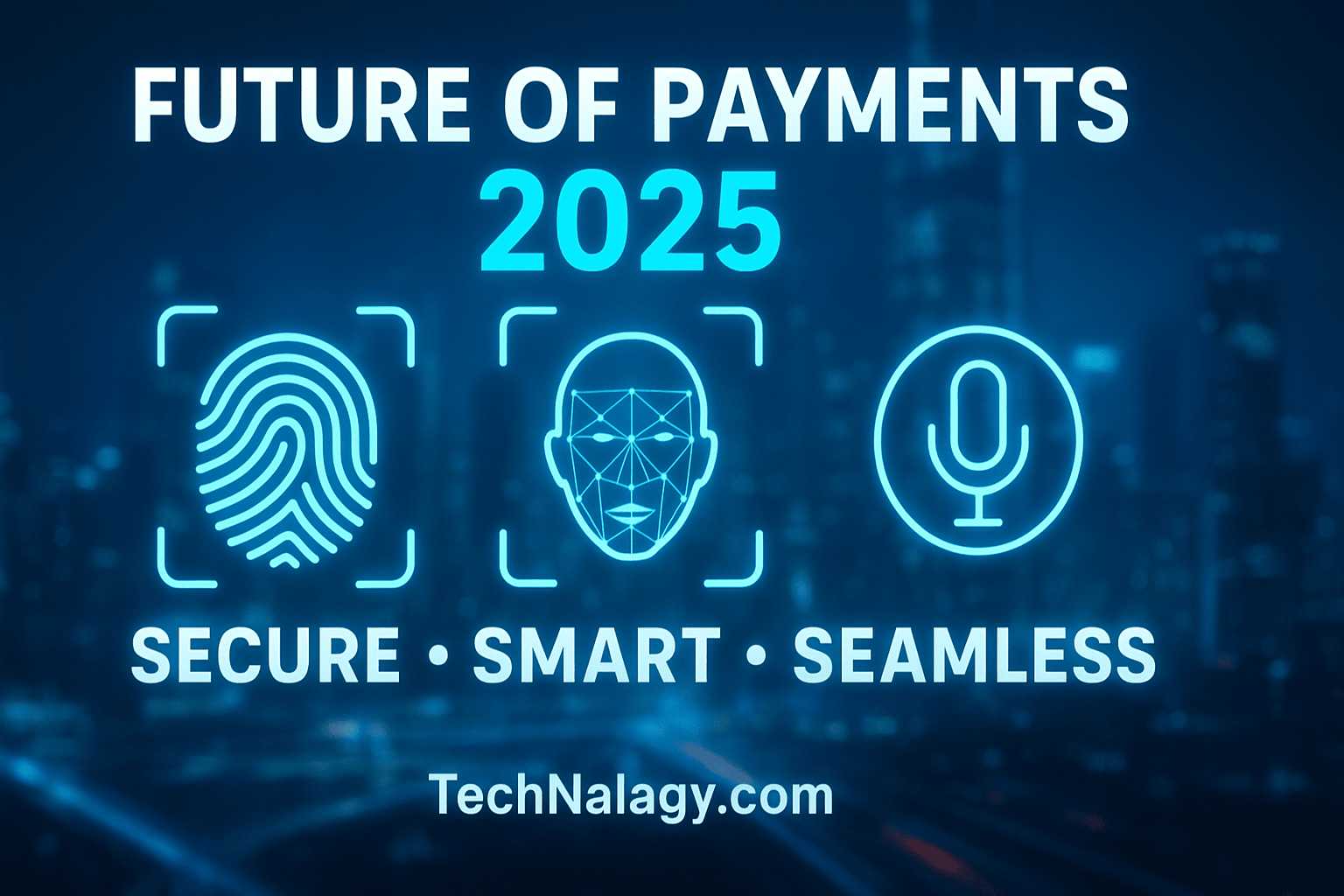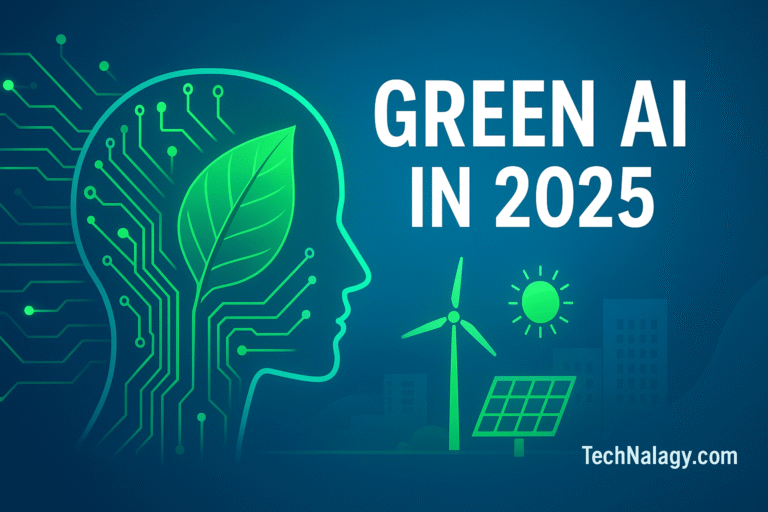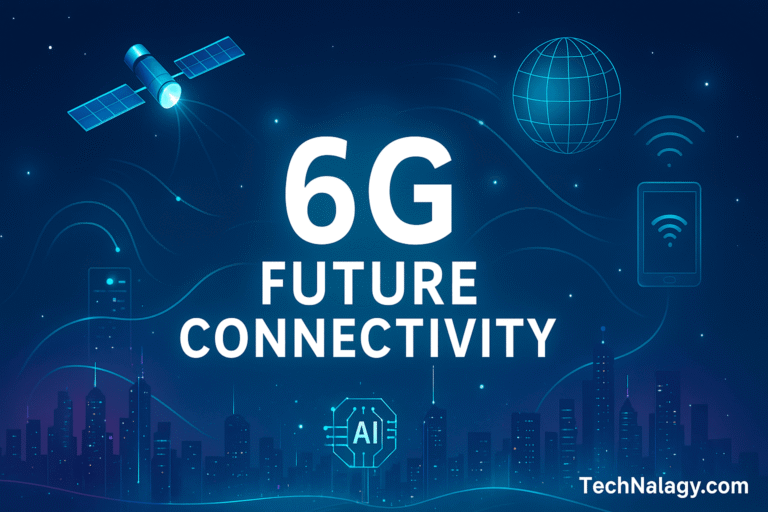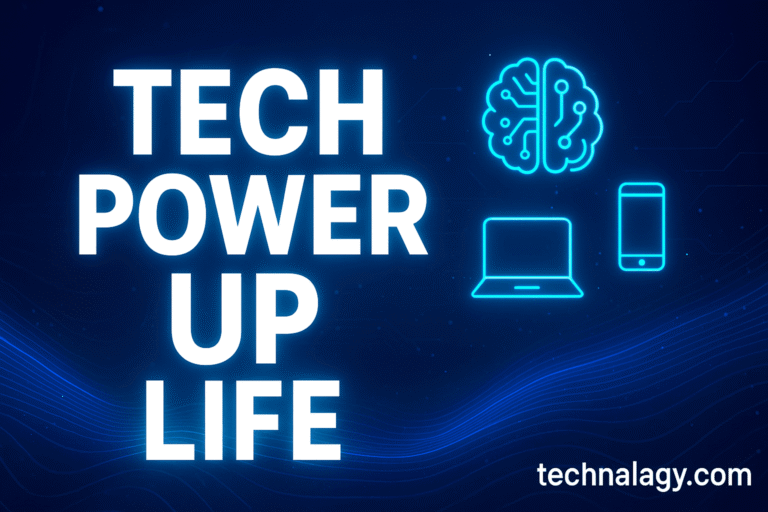Biometric Payment Systems in 2025: The Rise of Face, Fingerprint & Voice Transactions
As the world races toward a cashless society, one of the most exciting innovations shaping the financial landscape is the rise of Biometric Payment Systems. In 2025, the way we pay is evolving beyond cards, passwords, and PIN codes into a world where your face, fingerprint, or even your voice becomes your wallet. This transformation is not only redefining convenience but also raising new questions about security, regulation, and digital rights.
In this article, we’ll explore the evolution, benefits, challenges, and future of biometric payments — with real-world examples and insights into where this technology is heading next.
Table of Contents
What Are Biometric Payment Systems?
Biometric Payment Systems use an individual’s unique biological traits — such as fingerprints, facial recognition, or voice patterns — to verify their identity and authorize transactions. Unlike traditional methods that require something you know (like a password) or something you have (like a debit card), biometric systems rely on something you are.
This shift is monumental. By eliminating passwords and cards, biometrics promise faster, safer, and more seamless transactions. Whether you’re unlocking a smartphone for mobile payments or scanning your face at a checkout terminal, biometric verification is becoming central to the way we handle money in 2025.
Evolution of Biometric Authentication in Payments
From PIN Codes to Fingerprint Technology
The earliest wave of digital payments relied heavily on PINs and passwords. While functional, these systems were vulnerable to hacking, phishing, and identity theft. The introduction of fingerprint authentication through devices like Apple Touch ID and Samsung Pay marked the first mainstream adoption of biometrics in everyday financial transactions.
Rise of Face Recognition in Mobile Payments
The next leap came with facial recognition. Apple’s Face ID and Alipay’s “Smile-to-Pay” transformed smartphones into secure wallets, enabling millions of users to complete purchases simply by looking at their devices or POS scanners. By 2025, facial recognition is now widely integrated into e-commerce platforms, ATMs, and retail payment systems.
Voice Transactions and Hands-Free Payments
With the rise of smart assistants like Alexa, Siri, and Google Assistant, voice has become a growing player in payments. Banks and fintech firms are experimenting with voice authentication, allowing customers to authorize transfers, pay bills, and even shop online through natural speech.
Benefits of Biometric Payment Systems
Enhanced Security & Fraud Prevention
One of the strongest advantages of biometric payments is security. Since biological traits are unique to each person, fraud and identity theft are significantly harder. Moreover, AI-enhanced fraud detection further strengthens these systems by flagging unusual activity patterns.
Convenience & Speed
Consumers demand speed, and biometric payments deliver. Instead of fumbling for a card or remembering a password, users can complete a transaction in seconds with a quick scan of their fingerprint or face.
Financial Inclusion & Accessibility
In many developing regions, access to banking is limited due to lack of proper documentation. Biometric systems can change that by enabling secure, identity-based financial access without requiring physical cards. This opens the door to greater financial inclusion worldwide.
Challenges & Concerns of Biometric Payments
Privacy Risks & Data Ownership
Despite their convenience, biometric payments raise pressing concerns about privacy. Who owns your biometric data? How is it stored, and who ensures it’s not misused? As highlighted in Digital Rights in 2025: Who Really Owns Your Online Freedom?, digital identity ownership is one of the defining debates of our time. If biometric databases are hacked, the consequences are far more severe than a stolen credit card — you can’t change your fingerprint or face.
Ethical Issues & Biometric Surveillance
Biometric payment systems also raise ethical questions around surveillance. The same technology that enables you to pay with a smile could also be used for tracking, profiling, or even government surveillance, sparking heated debates around human rights.
Role of AI in Biometric Payment Systems
Artificial Intelligence (AI) is the engine that makes biometric transactions efficient and secure. From fraud detection to adaptive authentication, AI ensures systems can handle billions of daily transactions without compromising user experience.
For example, AI analyzes behavioral patterns to detect anomalies, like unusual spending or login attempts from different geographies. Much like how AI is transforming workplaces, it’s also revolutionizing payments — as explained in AI Workflow Automation Tools Explained: What They Are and How to Use Them.
Regulations & Global Adoption Trends
Countries Leading the Way
China has been at the forefront with widespread adoption of facial recognition payments through Alipay and WeChat Pay. India’s Aadhaar system links biometric IDs with banking and subsidies, enabling millions of people to access financial services. Meanwhile, Europe is embedding biometric compliance into financial frameworks under GDPR rules.
India’s Aadhaar system is a strong example of digital public infrastructure enabling secure transactions. According to the World Economic Forum, such infrastructure is key to building a connected financial future.
Financial Regulations & Data Protection
Global regulators are working to balance innovation with privacy. Just as the debate around The Future of Net Neutrality: What You Need to Know in 2025 shows, regulation will play a decisive role in determining how biometric systems expand across borders.
Real-World Examples of Biometric Payment Systems in 2025
- Amazon One – palm-recognition payments at stores and stadiums.
- Alipay Smile-to-Pay – facial recognition terminals in restaurants and retail stores.
- Mastercard Biometric Cards – fingerprint-based verification at ATMs and POS.
- Wells Fargo & Citi – testing multi-modal biometrics (face + voice) for secure banking.
- Transport Systems – airports and subway stations deploying biometric turnstiles for quick entry and payment.
The Future of Biometric Payments – What’s Next?
Looking beyond 2025, biometric payments are expected to become the global standard. Wearable devices may incorporate biometric sensors for payments, and neural interfaces could take verification beyond fingerprints and faces.
At the same time, quantum-secure encryption will likely play a role in protecting biometric data from future cyber threats. The challenge will be ensuring a balance between innovation, convenience, and privacy.
Conclusion
Biometric Payment Systems represent the next frontier in digital finance. They combine unmatched security, user convenience, and global accessibility. Yet, they also raise important questions about privacy, ethics, and regulation. As adoption accelerates in 2025, businesses, regulators, and consumers alike must work together to ensure these systems empower individuals rather than compromise their freedoms.
FAQs
1. Are biometric payment systems safe?
Yes, biometric systems are generally safer than passwords or cards, but risks remain if biometric databases are hacked.
2. Which countries are leading biometric payment adoption?
China, India, and several European nations are at the forefront, with widespread use of face and fingerprint-based transactions.
3. Can biometric data be hacked or misused?
While extremely difficult, biometric data breaches are possible. Unlike a password, biometric traits cannot be changed if compromised.
4. Will biometrics replace credit cards completely?
Not immediately. Biometric systems will coexist with traditional payment methods before becoming dominant in the next decade.
5. How does AI improve biometric security?
AI detects fraud, monitors unusual behavior, and continuously enhances biometric verification accuracy.
6. What are the privacy risks of biometric payments?
The biggest risk is misuse of biometric databases for surveillance, profiling, or identity theft.

Kamran Khatri is the founder of technalagy.com, where he shares insights on AI, future tech, gadgets, smart homes, and the latest tech news. Passionate about making innovation simple and accessible, he writes guides, reviews, and opinions that help readers stay ahead in the digital world.







